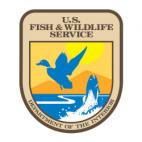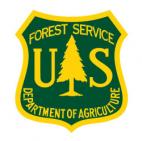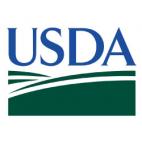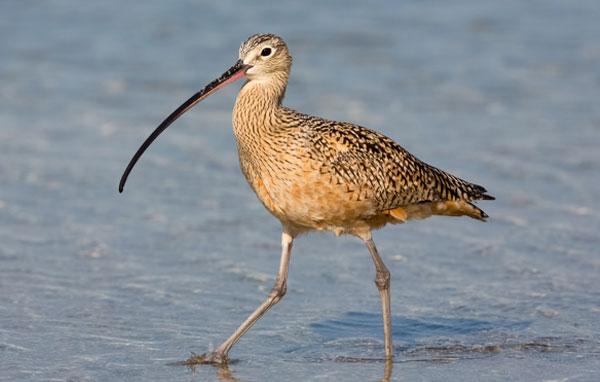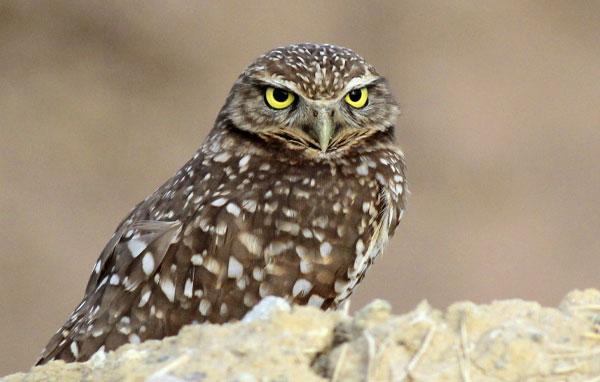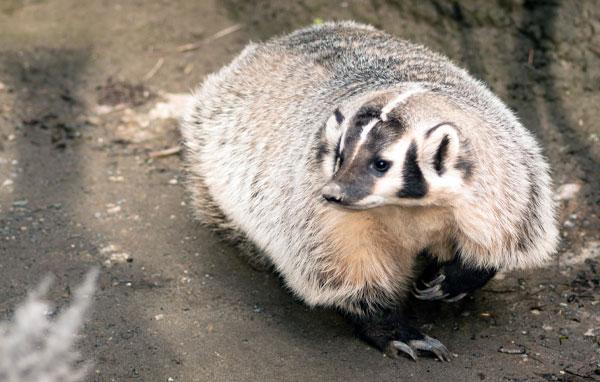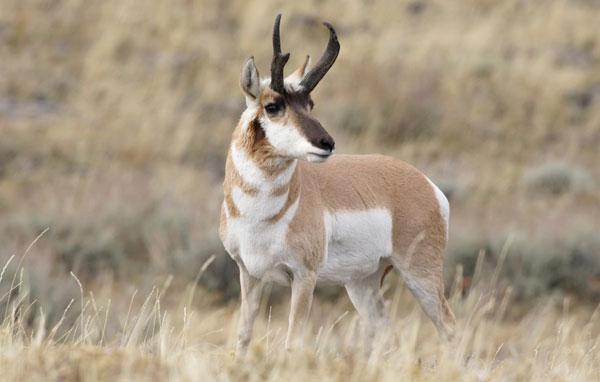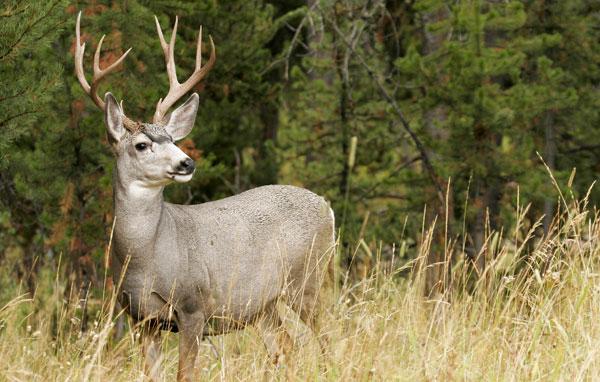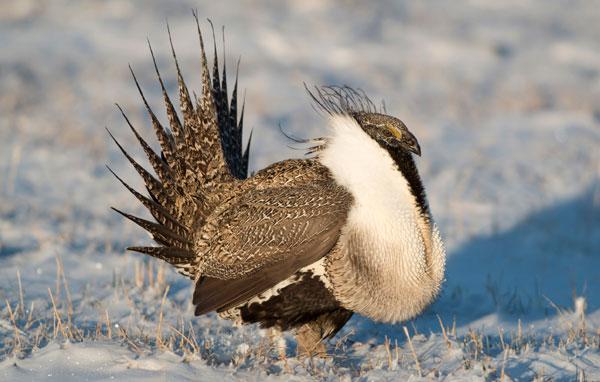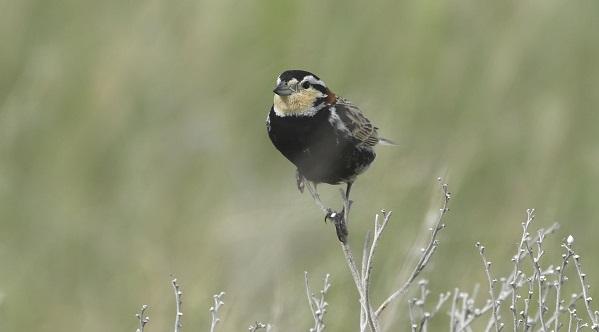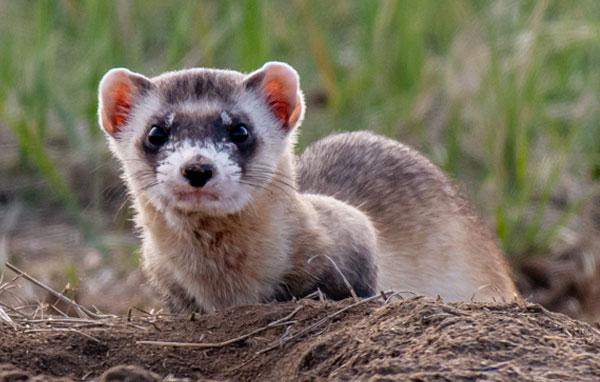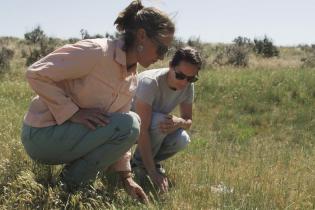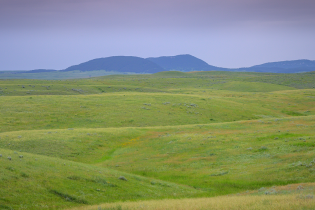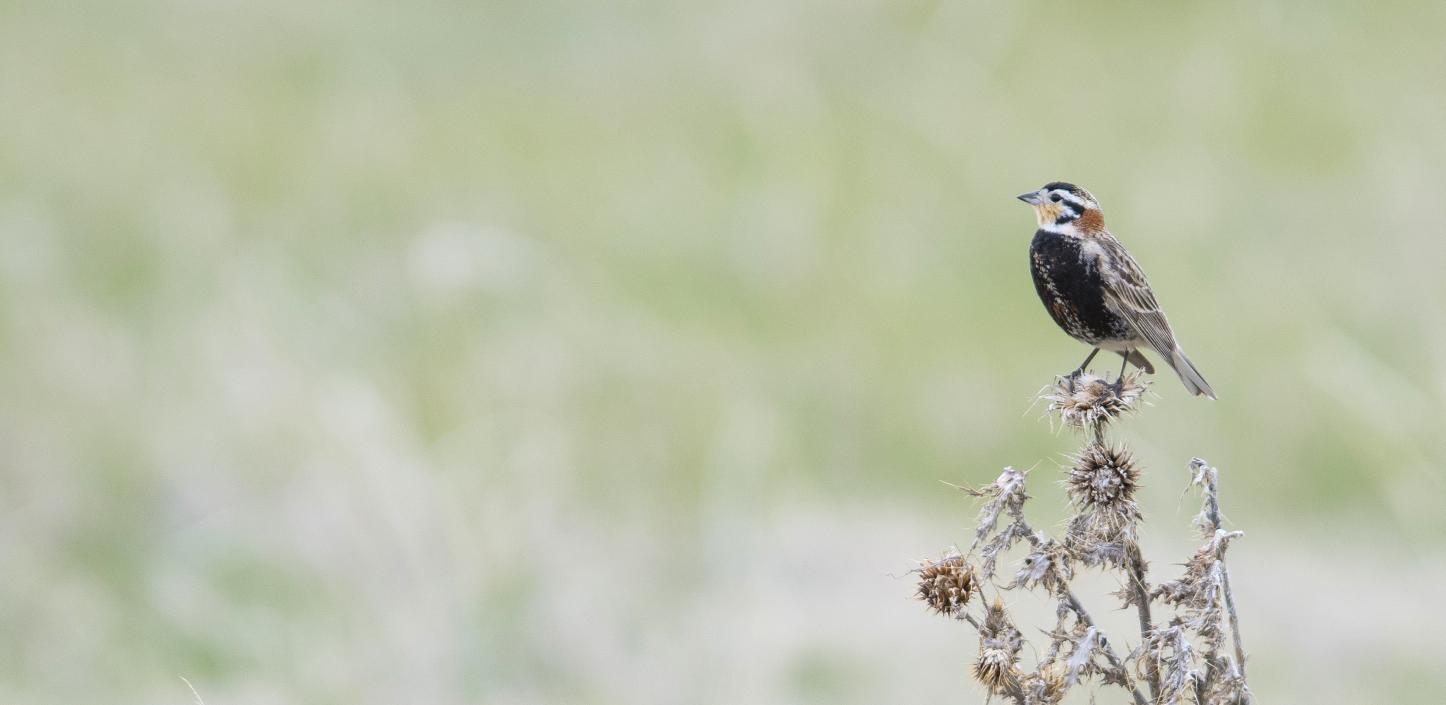
The National Fish and Wildlife Foundation’s Northern Great Plains Program is designed to conserve mixed grass prairie and associated wildlife populations of the northern prairie.
Partners
The vast grasslands of the Northern Great Plains support a unique assemblage of wildlife adapted to the wide open spaces. Thanks to generations of land stewardship by ranchers, Tribes and public agencies, much of the Northern Great Plains remains as native grassland that is productive for people and wildlife.
However, this unparalleled resource is facing threats including conversion to cropland, energy development, invasive species, and a lack of capacity to manage the grasslands of this vast region. NFWF’s Northern Great Plains program works with willing private landowners and local partners to address these challenges by conserving and restoring native prairie and wildlife while also enhancing local ranching and tribal communities.
Working through partnerships, NFWF’s goal is to directly maintain or improve 1 million acres of interconnected, native grasslands in focal areas within the Northern Great Plains to sustain healthy populations of grassland-obligate species while fostering sustainable livelihoods and preserving cultural identities.
Grants will be made to support conservation projects in four focal areas: Dakota Grasslands, Missouri-Milk River Grasslands, Powder River-Thunder Basin Grasslands and Nebraska Sandhills Grasslands.
Funding priorities include:
- Intact grasslands: Increase large intact grasslands by permanently conserving a minimum of 100,000 acres of native grasslands in core areas within the identified focal areas.
- Connectivity: Increase connectivity of core native grasslands by restoring a minimum of 150,000 acres of degraded habitat adjacent to native grasslands within identified focal areas.
- Working lands: Improve management on 750,000 acres of working land. Management agreements with landowners are an effective tool for implementing habitat improvements at large scales through prescribed grazing, fencing and livestock water development to facilitate rangeland management, and behavior modifications.
- Private ranchlands: Support existing rancher-based initiatives and engage new partners in delivery of conservation projects on ranching lands, including the delivery of Farm Bill and other federal programs that provide incentives for sound range management.
- Tribal communities: Support efforts to enhance or restore native prairie habitats and associated species that are culturally significant to Tribes; support participation of tribal biologists in species conservation or recovery programs; and increase access of Tribes to federal incentive programs.
- Grassland songbirds: Reduce the annual population decline of Baird’s sparrow, Sprague’s pipit, chestnut-collared and thick-billed longspur, and lark buntings.
- Pronghorn: Improve survival along major migratory routes for pronghorn populations by removing and modifying fence to minimize mortality at road crossings and bottleneck sites.
- Greater sage-grouse: Sustain populations of greater sage-grouse through the protection of 10,000 acres of habitat via conservation easements, restoration of 200 wet meadow acres and removing or marking fence around key leks in Sage Grouse Priority Areas of Conservation.
- Black-footed ferret: Through the application of sylvatic plague vaccine, establish and maintain three populations of black-footed ferret at sites identified as priority locations by the U.S. Fish and Wildlife Service.
Additional information about funding priorities can be found in the Northern Great Plains Business Plan.
| Program Fact Sheet | Download the PDF | |
| Northern Great Plains Business Plan | Download the PDF | |
| 2024 Grant Slate | Download the PDF | |
| 2023 Grant Slate | Download the PDF | |
| 2022 Grant Slate | Download the PDF | |
| 2021 Grant Slate | Download the PDF | |
| 2020 Grant Slate | Download the PDF | |
| 2019 Grant Slate | Download the PDF | |
| 2018 Grant Slate | Download the PDF | |
| 2017 Grant Slate | Download the PDF |
Director, Rocky Mountain Regional Office
Program Director, Grasslands and Mountain West
Manager, Rocky Mountain Regional Office
Regional Program Coordinator











